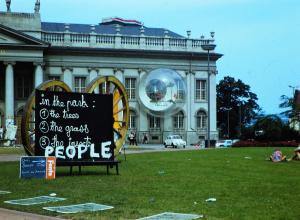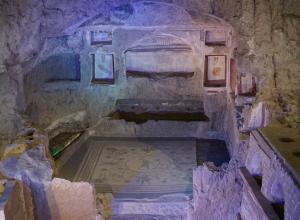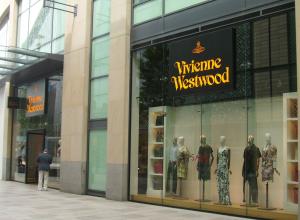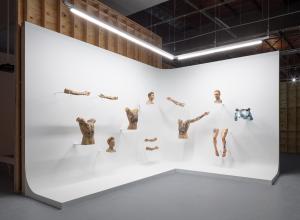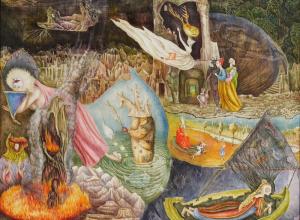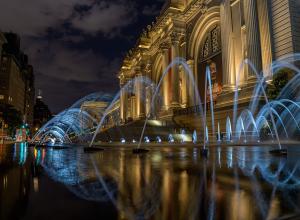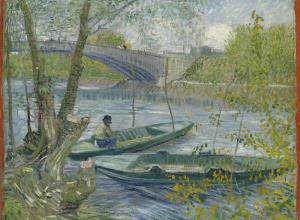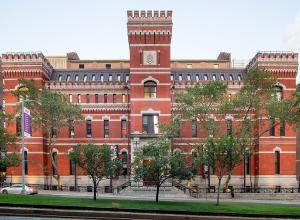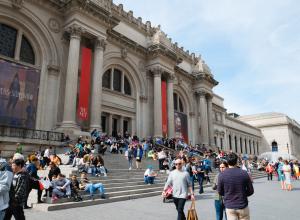In the early 1930s, Alexander Calder (1898–1976) invented an entirely new mode of art, the mobile—a kinetic form of sculpture in which carefully balanced components manifest their own unique systems of movement. These works operate in highly sophisticated ways, ranging from gentle rotations to uncanny gestures, and at times trigger unpredictable percussive sounds. In Calder's own words, "Just as one can compose colors, or forms, so one can compose motions.” Calder: Hypermobility, opening on June 9 at the Whitney Museum of American Art, focuses on the extraordinary breadth of motion achieved by Calder from the moment he turned to radical abstraction in 1930 and continuing throughout the subsequent decades of his career.
Press Release
August 7, 2017
Calder’s Use of Motion and Sound to be Explored in a New Whitney Exhibition, Calder: Hypermobility
Subscribe to our free e-letter!
Webform




